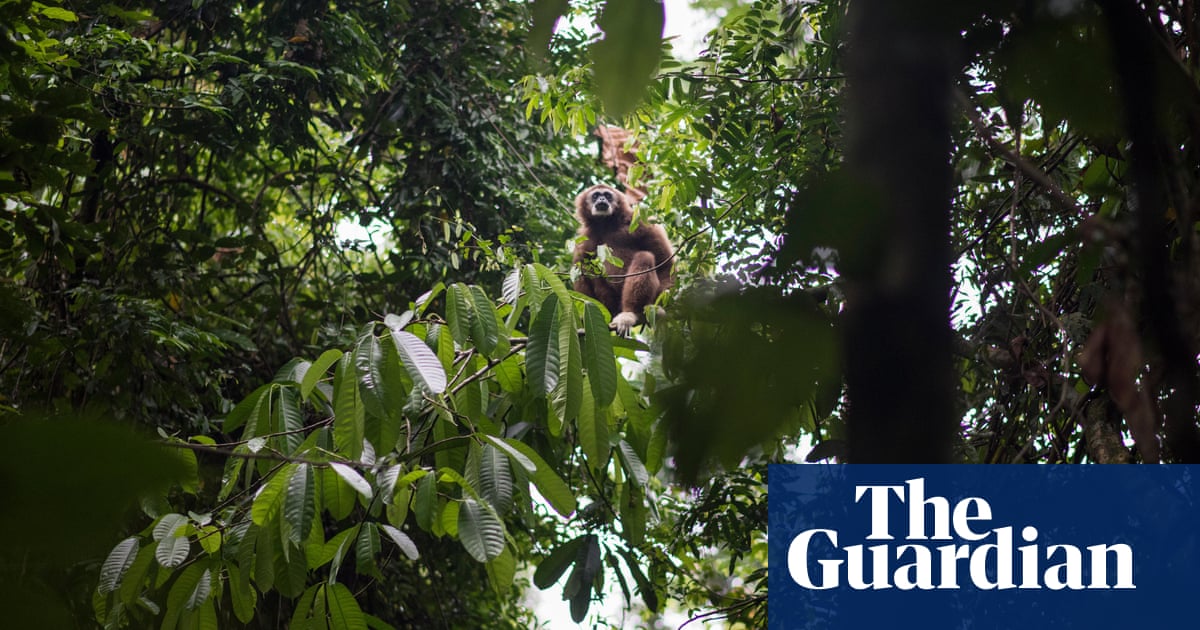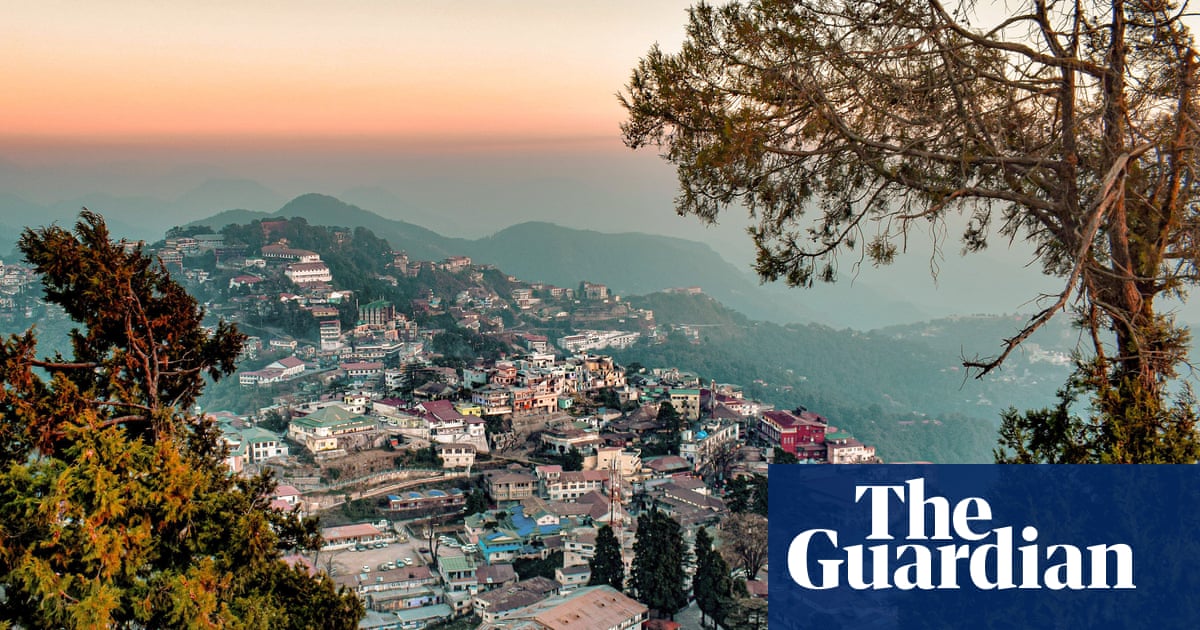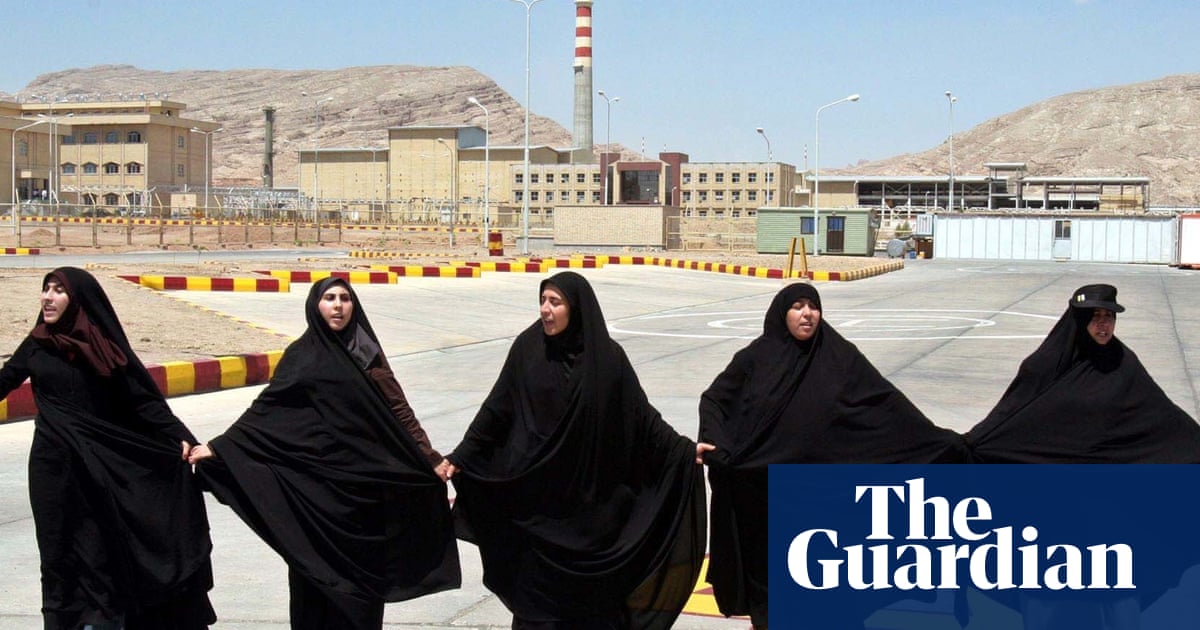More than half of countries are ignoring biodiversity pledges – analysis | Biodiversity

More than half the world’s countries have no plans to protect 30% of land and sea for nature, despite committing to a global agreement to do so less than three years ago, new analysis shows.
In late 2022, nearly every country signed a once-in-a-decade UN deal to halt the destruction of Earth’s ecosystems. It included a headline target to protect nearly a third of the planet for biodiversity by the end of the decade – a goal known as “30 by 30”.
But as country leaders gather in Rome to conclude Cop16 negotiations to save nature, analysis of countries’ plans by Carbon Brief and the Guardian found that many countries are will fall short. More than half are either pledging to protect less than 30% of their territory or are not setting a numerical target.
Q&AWhat is Cop16 and why is it reconvening?
Show
Every two years, representatives from around the world meet to discuss UN targets to halt nature loss by 2030. The gathering is formally known as the conference of the parties of the UN convention on biological diversity – shortened in this case to Cop16, as it is the 16th meeting.
The last gathering was in Cali, Colombia, last November, but the meeting ended in chaos with key issues left unresolved. From 25 to 27 February in Rome, parties will gather for an additional meeting to finish those negotiations, and tackle the most divisive issue: money.
The main topics being discussed include who will pay for conservation and how to distribute the money. Delegates are also set to agree on a monitoring framework, so countries can be held to account on their progress on meeting the biodiversity targets for this decade.
Of the 137 who have submitted a plan, 70 (51%) countries do not include proposals for protecting 30% of their land and sea, and 10 do not make it clear whether or not they will do so. Another 61 countries are yet to submit any plan on meeting the targets.
While the UN target is global, the size of the countries omitting the goal from their plans could put it in jeopardy. Together, they represent 34% of the Earth and include mega-diverse countries with large concentrations of nature such as Mexico, Indonesia, Malaysia, Mexico, Peru, the Philippines, South Africa and Venezuela.
Scientists say that protection must focus on the parts of the planet with the most biodiversity for the 30% benchmark to be effective at slowing the loss of nature.
Finland, a sparsely populated country with a large timber industry, said it was still in the process of finalising its targets, but said achieving 30 by 30 would be extremely challenging. “To reach this target, for example, the protected area in land areas would have to increase by about over 700,000 hectares [1.7m acres] a year,” a spokesperson said.
Indonesia, one of the three major rainforest countries on Earth, did not submit a percentage target. A government spokesperson said it viewed the target as a global aim that should not put an “unnecessarily heavy burden” on countries.
“Managing biodiversity is not an easy task, the balance of economic, social and environmental aspects must be maintained, particularly for developing countries like Indonesia,” they said.
Norway, a country with large fishing, oil and gas industries, has not included marine areas in its 30% target. It said it was still working out which marine areas would count as protected under current UN definitions and would clarify their conservation status once the process was over.
The findings add to growing fears of another decade of international failure on nature. Governments have never met a single target in the history of UN biodiversity agreements, and there had been a major push to make sure this decade was different.
At Cop16 in Cali last year, talks ended in disarray and confusion after the summit ran out of time to agree significant elements of the implementation of this decade’s agreement, and an additional meeting has had to be convened in Rome this week.
Brian O’Donnell, director of the Campaign for Nature, said it was clear that countries were not on track to meet the global 30% commitment, adding that the lack of ambition was linked to a lack of finance from wealthy nations to help others meet the targets, and lack of engagement from world leaders.
“Let’s be clear, this is not a ‘nice to have’ target – it is an essential if we are to prevent tens of thousands of species’ extinctions, and maintain the services that intact nature provides like pollination, water and air filtration, storm defence and pandemic prevention,” he said.
Inger Andersen, executive director of the UN Environment Programme, said that monitoring figures on protected areas showed that progress was happening, with 17.6% of land and 8.4% of the ocean under some form of protection. But she said much more was needed.
“30×30 is a global target and how countries take that on board at the national level will be different across the world depending on national circumstances. Targets need to help drive action but cannot undermine other conservation efforts or be seen in isolation,” she said. “Without protecting nature, we simply cannot deliver our climate and development goals.”
Source link






